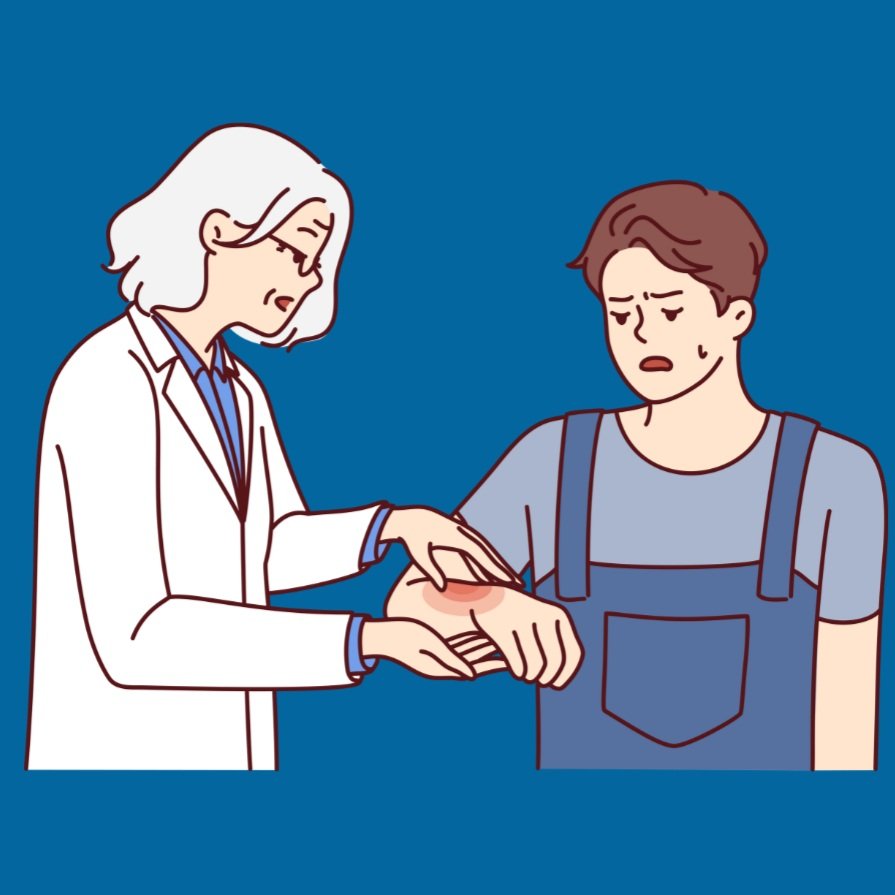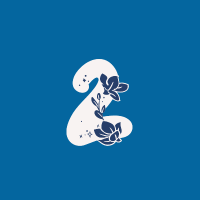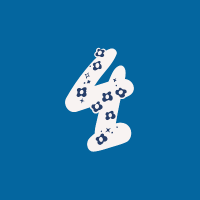Do These 5 things to Survive and Thrive after Injury
Despite the click-baity title, this post is about things that I specifically did in order to recover from an injury. Here is my story in a nutshell.
In February of 2003, I had a bad wipe out while skiing for the first and only time I’ve ever tried the sport. I was only 19 so I thought I was probably fine because I walked away from it and didn’t feel hurt, however, the next day I was at a Broadway show, and I had pain shooting down my left leg. I remember wondering where in the heck this pain came from and figured it was just because I was kind of sore from skiing. As time went on, the pain began also shooting down my left arm and concentrated in my left hand. I was a Flute Performance major at Capital University, and I couldn’t play the flute. By Spring Semester 2004, I had to change my major to History because the pain had gotten so bad.
I spent the next three years trying to figure out why I was in pain. I went to every doctor imaginable. Only the neurologist found evidence of a pinched nerve and then recommended physical therapy, which only made the pain MUCH WORSE. Because medical doctors were highly unhelpful, I started trying alternative options and found a really wonderful massage therapist who did provide some relief. One day, as I was laying on my back on her massage table, this therapist looked at me very seriously and said, “Your head is not on straight.” I laughed and told her that my dad had told me that my whole life. She insisted that my head was not aligned properly on my body and recommended that I see a specific chiropractor. I went and Dr. Denton took x-rays at the first visit. I came back the next day and he showed me on these z-rays that my Atlas Bone was twisted slightly, and they were pinching nerves that would affect the left side of my body. He did an adjustment, which literally felt like he was doing nothing but pressing gently under my ear. When I stood up, the pain was gone. Completely. Gone. I cried in his office. I did have some tingling for a while on my left side as those nerves healed themselves but the shooting, miserable pain was gone. So, I began my lifelong quest to make sure that I can always be free of pain.
Baby (Dr.) Little and her grandparents after her senior recital at Capital. It was a long road to get to that recital!
So here are the 5 ways that I survived and eventually thrived after my near career-ending injury. These are things that worked specifically for me, and this is not medical advice. If you decide to seek out any of these options for yourself, please be sure to do some research and make sure that you are seeing people who are licensed professionals in their field. Chiropractic care is a very controversial topic, so please know that I am not recommending that everyone seek it. For me, in my particular situation, it saved me.
Massage Therapy
Massage Therapy is amazing. As musicians, we put our muscles into specific positions for lengthy periods of time. Of course, those muscles will become tight, and those tight muscles will pull on other muscles and bones. According to the Mayo Clinic, studies have found that massage therapy helps reduce stress, lessen pain and muscle tightness, increase relaxation, and improve the work of the immune system. It has become part of integrative medicine and medical centers are starting to offer it as standard treatment. I try to get a massage once or twice per month to ensure that the muscles of my neck and shoulders don’t get so tight that they begin to pull on other muscles or ligaments that might unalign my atlas bone. I also like to schedule a massage for the day before a chiropractic treatment so that the muscles are more relaxed, and the adjustment is easier. This is expensive, but you can find some cheap or even free massages if you make appointments at massage schools. Massage therapy students who are nearing their Board exams are able to provide reduced price massages under the supervision of their instructors. You help them learn how to become better massage therapists and get a less expensive massage! I’ve been a guinea pig for a massage therapy student many times. It’s wonderful!
Alexander Technique
As I went on my quest to find ways to play flute without pain, I heard about The Alexander Technique through some friends who went to Ohio State where there was a class in this subject. I started researching some names of people who were practice Alexander Technique and took some lessons with them. My posture was ATROCIOUS. I had what I now call “Tall-Girl Syndrome.” I grew very quickly and reached my full adult height at a young age and therefore was made fun of by all the boys who hadn’t yet reached their growth spurt. Girls growing taller before boys do is normal. Boys being jerks about it shouldn’t be normal…but it was fairly common back in the 1990’s in rural Ohio, I guess. Alexander Technique revolutionized my playing AND my teaching. The Alexander Technique is all about increasing your awareness about what your body is doing and then gently, if you want to, allowing your body to make a change that feels better and more natural. I was collapsing my chest down and pulling my hips under me. Now that I have taken Alexander Technique lessons I can notice when I start to do that and inhibit that action before I actually get to that terrible body position that causes pain. In time, I left that bad habit behind completely and now it feels terribly wrong to stand that way. I am now more aware of how I sit, stand, lay, and just generally how I feel. It is life-changing work that I encourage everyone to investigate.
Stretching/Yoga
Before my injury, I would usually just put my flute together and start playing. Now, I am much more intentional about how I start playing. Now I always take time to stretch my entire body before a practice session. I use a combination of normal, “gym class” stretches and some yoga poses to make sure that I’ve stretched my calfs and thighs, intercostals, shoulders, arms, neck, and face. If you have heard of Yoga for All Musicians, I highly recommend checking out their offerings! They have some beautiful classes that can help you find some poses or stretches that really work wonders for you. I believe they have a free class on Sunday afternoons if you’re worried about cost. I also have enjoyed using some of the moves that Austin Pancner has shown on his social media channels where he goes by The Functional Musician. He has also overcome injury and is now trying to help other musicians avoid injury or recover.
There are so many creators out there on YouTube who are making yoga and stretching videos that there are plenty of free resources for mobility, stretching, and yoga. Whatever you choose to do, please make sure you do your research and ensure that the person has done some intense research or has done work to become certified in their field.
Strength Training
This one I have fought against for many years because A. I don’t like working out and B. my only experience with strength training was watching giant dudes at the gym act like jerks. But, of course, my experience with it was just limited. Strength training can be done in MANY other ways outside of lifting weights at a gym. My new goal is to increase my abdominal and arm strength so that I can do four things. 1. I can hold myself in a lovely upright posture without getting tired. 2. I can support a really fast air stream so that my sound is richer and more brilliant. 3. I can hold up my instrument for as long as I need to without feeling fatigued. 4. I can ensure that the muscles that keep my atlas bone IN alignment are strong than those that can pull it out. But I don’t lift weights in a traditional way. I do Pilates or Barre exercises at least 3 days per week. Some of these exercises have me use some arm weights, perhaps 2-4 pounds, and many of the exercises use my body weight for the resistance. The moves are long and elegant and really, really, really freaking hard! My favorite creator for these types of workouts is Fit by Coach Kel. She has some free workouts on YouTube and an online studio that costs $20 per month. I loved being part of her studio and plan to rejoin again in the future once I become more comfortable with the freelance lifestyle I’m now leading. You don’t have to just lift weights to get strong! But you can do that too! You can find a type of strength training that feels great for you, and you can go to a gym to do it or you can do it from your home! Our bodies are doing athletic work. Treat yourself like you are an athlete.
NUCCA Chiropractic Care
Like I warned above, this could be controversial. I began seeing Dr. Denton, a National Upper Cervical Chiropractic Association doctor, in 2005. I decided to try chiropractic care after seeing many, many different medical doctors who just could not figure out what was wrong with me. NUCCA chiropractic care was the ONLY thing that relieved my pain because all Dr. Denton did was gently move the bone that had pinched the nerves. The treatment literally feels like nothing, and I was honestly shocked it worked. There is no throwing me around and no cracking of joints. If anyone wants to seek chiropractic care, please do research on what type of doctor you’ll be seeing and ensure that you are receiving care for your specific issues. I won’t see any other type of chiropractor. Right now, the closest NUCCA chiropractor is in Broken Arrow, Oklahoma, and I will drive 3.5 hours there and back to see him. I only go about 4 times per year now whereas I used to see a NUCCA chiropractor every 5-6 weeks. By getting massages, doing stretching and yoga, doing some strength training, and making sure that I use the awareness I learned when I studied Alexander Technique, I can continue playing pain free with these longer times between chiropractic visits.
BONUS!
Here’s a quick bonus! I highly recommend reading these three books.
1. Body Mapping for Flutists: What Every Flute Teacher Needs to Know About the Body by Lea Pearson, D.M.A. (This one is specific to flutists, but the themes transfer to any instrument!)
2. How to Learn the Alexander Technique by Barbara Conable and William Conable
3. The Musician as Athlete: Alternative Approaches to Healthy Performance by Dorothy Bishop
These books were incredibly helpful for me as I learned to function, survive, and thrive after my injury. I’ve had to change a lot about how I thought of myself as a flutist or about how I viewed practice and performance.
I’ll write another post about how I structure my practice time soon. But these are the things I did in order to survive and eventually thrive after my injury. For a few years, I thought I was never going to get a chance to have a music career. But here I am, going freelance and still playing and practicing and improving. Please remember that these things are specific to my situation so results will vary because we are all different, beautiful people. If you have any questions, please feel free to reach out to me. I’d be happy to point you in the direction of other professionals and certified teachers if you’re interested in some of these resources.
Have a great week everyone!
Dr. Little










